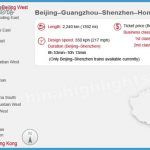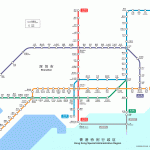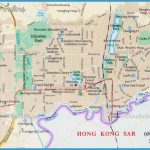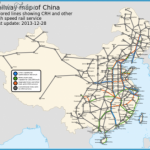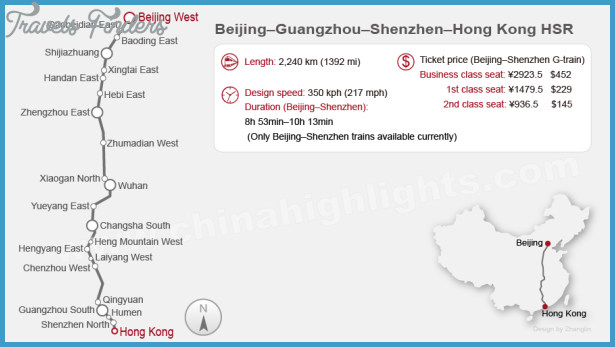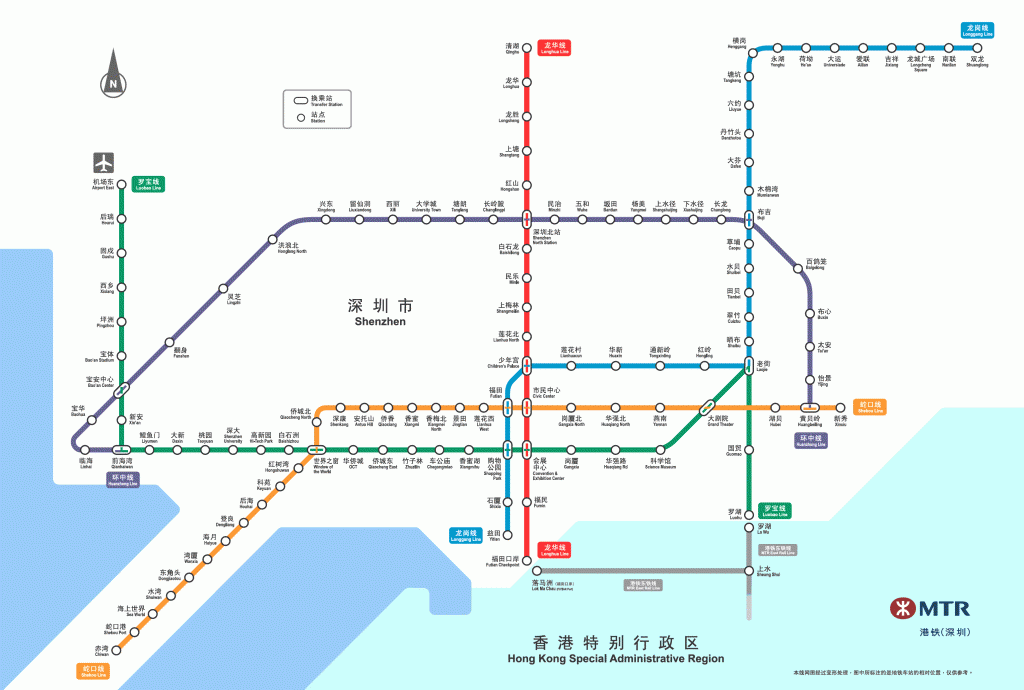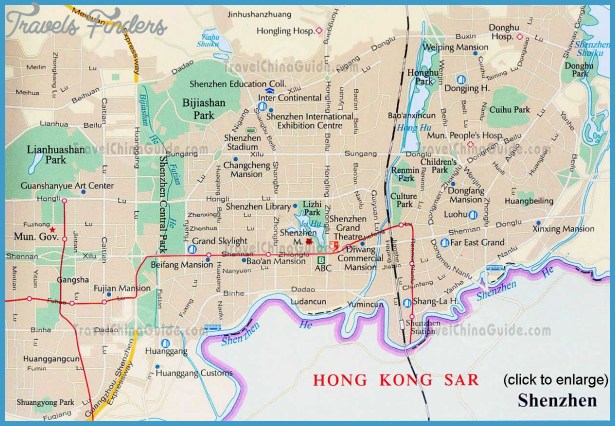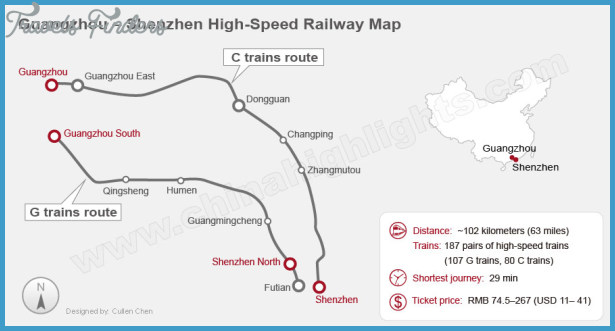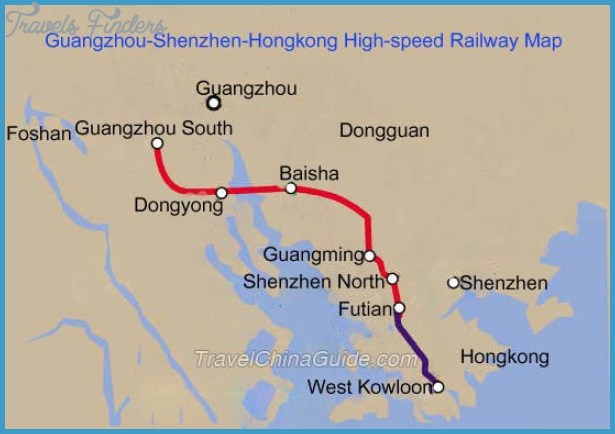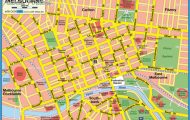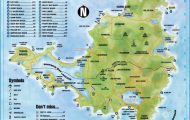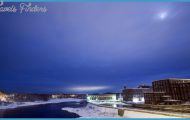LOCAL TIME Shenzhen is eight hours ahead of GMT and is in the same time zone as Hong Kong and Beijing. China does not have daylight saving.
CLIMATE
At a latitude of 22 degrees north, Shenzhen lies just within the tropics. This however tends to give a slightly false picture of the climate. Like all of China, Shenzhen is subject to continental influences during the winter months resulting in a surprisingly long and cool winter. Winter begins in earnest at around the time of the Chinese New Year in mid to late January and temperatures of as low as 2 degrees are recorded, with an occasional light frost on the higher peaks. This is usually the result of cold fronts sweeping in from Siberia. But between the fronts it is equally common to have fine clear warm winter days.
Some time in March, maritime influences start to reassert themselves. As the warm air rising from the water hits the cold air from the north, mists and fogs set in and the sun rarely appears. Some see this as a poetic time and sip rice wine and read Tang poetry as the mist swirls around the mountains. Others contemplate suicide and pray for a glimpse of sun as the green slime climbs up their walls. April and May bring violent thunderstorms and heavy rain. The Weather Bureau issues rainstorm warnings and advises people to stay indoors during the worst of them. The temperature climbs and the difference between day and night temperatures lessens, but even in May, there can occasionally be surprisingly cool days.
Then comes the Dragon Boat Festival, Duan Wu in early June and the first typhoon. Almost magically the sky clears. Days become sunny and very hot. A breeze blows constantly off the warm sea from the southwest, bringing great billows of cloud, brilliantly white against the blue of the sky. Rain showers regularly pass but the worst is over. Nights are in the high twenties and no real Chinese ever thinks that this is the season for going to
bed early. Some would say for going to bed at all.
August is the hottest month. By now storms that arrive are due to typhoons. Shenzhen lies firmly in the East Asian typhoon zone and is regularly influenced by them. Usually it will experience between half a dozen and a dozen typhoon alerts per season. The great majority of them do not hit directly and even some of the direct hits don’t seem to make much real impact. Most arrive from the southeast, where Wutong Mountain shelters the city. But typhoons are fickle and unpredictable; they should be taken seriously.
We have always been surprised and delighted by the regular correspondence between the Chinese calendar and actual weather events. So it is with the Mid-Autumn or Moon Festival. This Festival in late September or early October marks the official beginning of autumn in China. As we sit out in the night, sipping wine, eating incredibly sinful moon cakes and contemplating the moon, the temperature and the humidity suddenly drop.
This is the best time to visit Shenzhen, or indeed anywhere in China. Low humidity, warm days, and cooler nights, hardly any rain at all. Many people take to the hills and hike. The beaches are not as full as they are in June but for ignorant foreign devils like us the water is still warm and swimming is good. This weather lasts right through until December when the Shenzheners, all migrants, celebrate Christmas through pleasant dry nights, and think towards Chinese New Year when once again the will desert the city for their native homes.
For the statistically minded, Shenzhen’s average annual temperature is 22.4 degrees C 64.4 degrees F. Average rainfall is a whopping 1948.4 mm 76.7 inches. January average temperature is 14.1 degrees C 57.4 degrees F with a coldest temperature of 1.4 degrees C 34.7 degrees F. Average temperature in July is 28.2 degrees C 82.8 degrees F with a maximum of 36.6 degrees C 98 degrees F.

